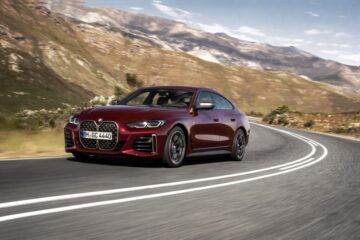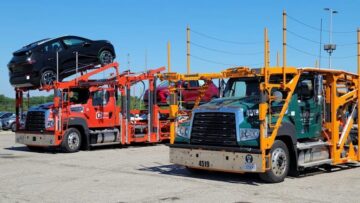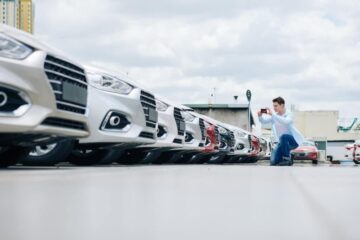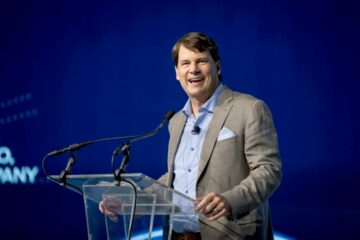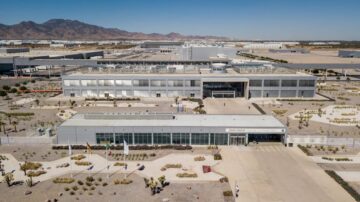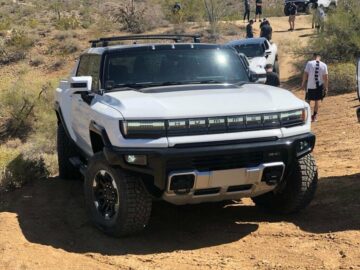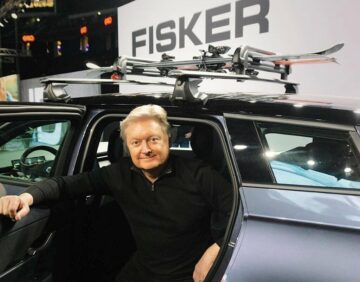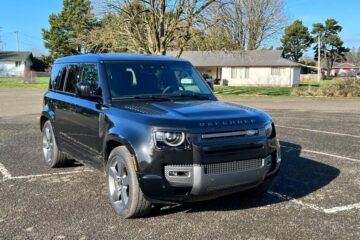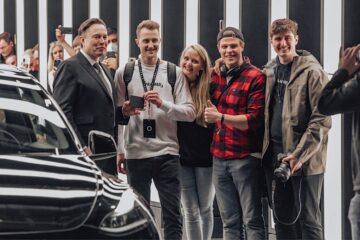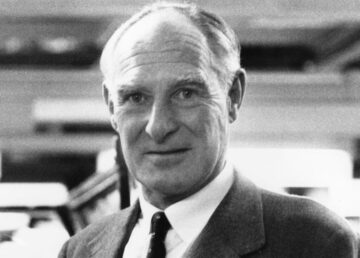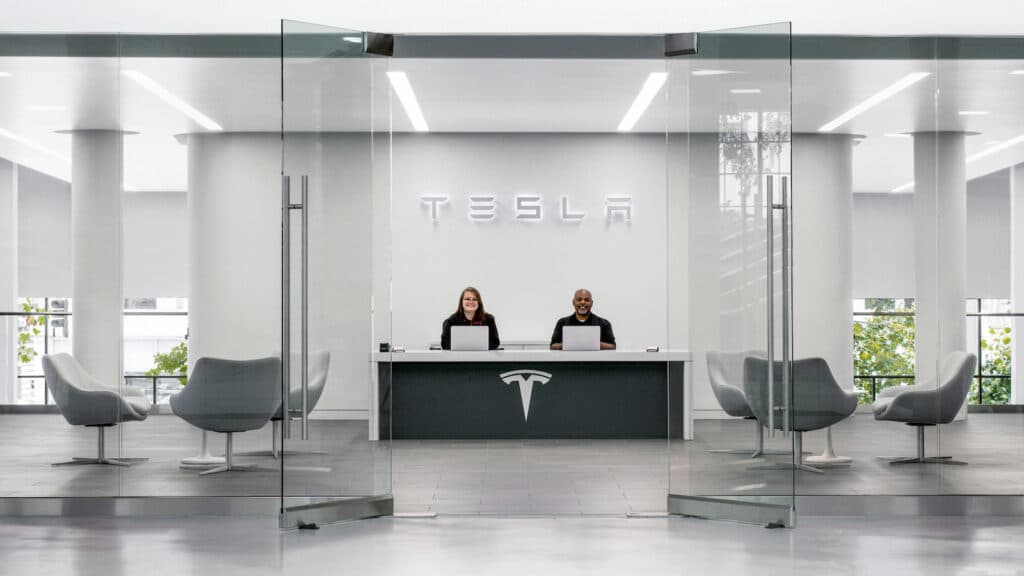
In a proposed class action lawsuit filed Wednesday in California, three Tesla owners claim the automaker misrepresented the estimated ranges of its electric vehicles.
The lawsuit filed in the United States District Court for the Northern District of California comes in the wake of a Reuters report from last week claiming Tesla established a Diversion Team in Nevada, tasked with canceling driving range-related appointments when possible, after receiving a deluge of owner complaints that Tesla vehicles didn’t travel as far as advertised on a single charge.
Tesla is accused of violating vehicle warranties, cheating customers, and engaging in unethical business practices. All Californians who recently purchased a new Tesla Model 3, Model S, Model Y, or Model X are included in the complaint’s request for class-action status. Milberg Coleman Bryson Phillips Grossman is representing Tesla owners in the lawsuit. Damages sought were not disclosed.
Saving money by ignoring complaints

In particular, last week’s Reuters report reveals that Tesla personnel were told to prevent any customers who complained about their vehicles’ limited driving range from bringing their vehicle in for service. The automaker allegedly organized a secret team in Las Vegas last summer to eliminate as many range-related appointments as possible.
According to numerous persons with knowledge of the situation cited in the report, Tesla’s service facilities were besieged with appointments from owners who had anticipated greater performance based on the company’s range predictions and the projections on the cars’ vehicle display.
How bad did it get?
According to Reuters, employees stood on their desks as others applauded, celebrating each cancelled appointment. Employees were monitored for their daily average of cancelled appointments as hundreds of cases were closed each week, each one saving Tesla roughly $1,000.
Your mileage may vary
But the problem was largely one that Tesla created.
By exaggerating the range of its electric vehicles, Tesla raised consumer expectations, as buyers expected the claims to be accurate, which in turn contributed to the wave of complaints. According to three automotive specialists who tested or researched the company’s vehicles for Reuters, Tesla vehicles frequently fall short of both their marketed range estimations and the projections made by the cars’ own equipment.

According to a person quoted in the report familiar with Tesla’s software for its range readouts, approximately 10 years ago Tesla decided to build algorithms for its range with optimistic forecasts for the distance it could travel on a full battery.
It only became more accurate once the vehicle’s driving range fell below 50% of its maximum charge. But Tesla also added a 15-mile-range as a safety buffer once the battery showed that it had no charge left. Elon Musk, the CEO of Tesla, gave the order to present the optimistic range predictions, according to the report.
Of course, the range advertised was one that passed muster with the Environmental Protection Agency, calling into question the agency’s method of testing vehicle range. If the stated range was within the EPA’s testing guidelines, then the automaker is within their right to advertise the projected mileage, albeit with the typical disclaimer: your mileage may vary.
In February 2021, automotive website Edmunds tested the range of five Tesla models, as well as other EVs then on the market. None of the Tesla models reached their advertised range. Edmunds then retested to see if Tesla models went as far as their advertised safety buffer.
“Our tests showed that there is no fixed safety buffer,” Edmunds stated. “Even allowing for the additional miles recorded after an indicated zero, only two of the six Teslas we tested would hit their EPA figures in our real-world conditions.”
Tesla disputed the findings, not surprisingly.
Optimism is costing the company millions

A $2.1 million fine was issued to Tesla by South Korean regulators earlier this year for misrepresenting driving ranges from August 2019 through December 2022. The Korea Fair Trade Commission determined that Tesla neglected to inform customers that driving in the cold can significantly diminish range.
It used research from the nation’s environment ministry which demonstrated that in cold conditions, Tesla cars could lose up to 50.5% of their advertised range.
And California was the site of another prospective class action lawsuit filed in the U.S. District Court for the Northern District of California by Henry Yeh, a California Tesla owner accusing the automaker of violating the customer privacy.
The lawsuit followed another Reuters report that Tesla employees shared highly invasive videos and images recorded by customers’ car cameras between 2019 and 2022. The report stated that Tesla employees could see owners “doing laundry and really intimate things.”
But the integrity of Tesla’s assertions about the performance of its Autopilot and “Full Self-Driving” technology are also the subject of legal actions and regulatory investigation. The latest salvo came last month, when federal regulators have launched yet another investigation after a Tesla Model 3, believed to be operating in semi-autonomous mode, crashed into a Subaru Impreza July 5 in South Lake Tahoe, California. The collision killed the driver of the Subaru as well a three-month-old who succumbed to its injuries several days later, according to the California Highway Patrol. In June, federal safety regulators expanded the investigation of Tesla vehicles equipped with Autopilot for crashes into parked emergency vehicles to about 830,000 from the 2014-2022 model year.
Despite the growing number of investigations and lawsuits, Tesla’s exaggerated performance claims continue to come with a high cost, albeit one the automaker seems unconcerned about.
- SEO Powered Content & PR Distribution. Get Amplified Today.
- PlatoData.Network Vertical Generative Ai. Empower Yourself. Access Here.
- PlatoAiStream. Web3 Intelligence. Knowledge Amplified. Access Here.
- PlatoESG. Automotive / EVs, Carbon, CleanTech, Energy, Environment, Solar, Waste Management. Access Here.
- BlockOffsets. Modernizing Environmental Offset Ownership. Access Here.
- Source: https://www.thedetroitbureau.com/2023/08/tesla-ev-range-claims-lead-to-possible-class-action-lawsuit-in-california/
- :is
- :not
- $UP
- 000
- 1
- 10
- 2019
- 2021
- 2022
- 2023
- 50
- a
- About
- According
- accurate
- accused
- Action
- actions
- added
- Additional
- Advertise
- After
- agency
- ago
- algorithms
- All
- allegedly
- Allowing
- also
- an
- and
- Another
- Anticipated
- any
- appointment
- appointments
- approximately
- ARE
- AS
- AUGUST
- automotive
- autopilot
- average
- Bad
- based
- battery
- BE
- became
- being
- believed
- below
- between
- both
- Bringing
- buffer
- build
- Bureau
- business
- business practices
- but
- buyers
- by
- california
- calling
- came
- cameras
- CAN
- car
- cars
- cases
- Celebrating
- Centers
- ceo
- charge
- cheating
- cited
- claim
- claiming
- claims
- class
- Class Action
- class action lawsuit
- closed
- cold
- come
- comes
- commission
- Common
- company
- Company’s
- complaints
- conditions
- consumer
- continue
- contributed
- Cost
- could
- course
- Court
- Crash
- Crashed
- created
- customer
- Customers
- daily
- Days
- December
- decided
- demonstrated
- Desks
- determined
- DID
- Display
- distance
- district
- district court
- Diversion
- driver
- driving
- each
- Earlier
- Electric
- electric vehicles
- eliminate
- Elon
- Elon Musk
- emergency
- employees
- engaging
- Environment
- environmental
- Environmental Protection Agency
- EPA
- equipment
- equipped
- established
- estimated
- EV
- expanded
- expect
- expectations
- expected
- facilities
- fair
- Fair Trade
- Fall
- familiar
- far
- Feb
- February
- Federal
- federal regulators
- Figures
- filed
- findings
- fine
- five
- fixed
- followed
- For
- forecasts
- frequently
- from
- full
- gave
- get
- getting
- greater
- Growing
- guidelines
- had
- henry
- High
- highly
- Highway
- Hit
- HTML
- HTTPS
- Hundreds
- if
- images
- in
- included
- indicated
- inform
- integrity
- intimate
- into
- investigation
- Investigations
- Investigators
- Issued
- IT
- ITS
- jpg
- July
- knowledge
- korea
- Korean
- lake
- largely
- LAS
- Las Vegas
- Last
- later
- latest
- lawsuit
- Lawsuits
- lead
- left
- Legal
- Limited
- lose
- made
- many
- Market
- max-width
- maximum
- May..
- method
- million
- ministry
- Mode
- model
- models
- money
- monitored
- Month
- more
- Musk
- Nations
- NEVADA
- New
- no
- None
- number
- numerous
- of
- on
- once
- ONE
- only
- open
- operating
- Optimistic
- or
- order
- Organized
- Other
- Others
- our
- own
- owner
- owners
- particular
- passed
- performance
- person
- Personnel
- persons
- plato
- Plato Data Intelligence
- PlatoData
- possible
- practice
- practices
- Predictions
- present
- prevent
- privacy
- probe
- Problem
- projected
- projections
- proposed
- prospective
- protection
- purchased
- question
- raised
- range
- reached
- real world
- really
- receiving
- recently
- recorded
- Regulators
- regulatory
- report
- representing
- request
- research
- Reuters
- Reuters Report
- Reveals
- right
- roughly
- s
- Safety
- saving
- Secret
- see
- seems
- service
- several
- shared
- Short
- showed
- significantly
- single
- site
- situation
- SIX
- Software
- sought
- South
- south korean
- specialists
- stated
- States
- Status
- subject
- summer
- team
- Technology
- Tesla
- Teslas
- tested
- Testing
- tests
- than
- that
- The
- their
- then
- There.
- they
- things
- this
- this year
- three
- Through
- to
- trade
- travel
- TURN
- two
- typical
- u.s.
- United
- United States
- used
- VEGAS
- vehicle
- Vehicles
- Videos
- Violating
- Wake
- was
- Wave
- we
- Wednesday
- week
- WELL
- went
- were
- when
- which
- WHO
- with
- within
- would
- X
- year
- years
- yet
- Your
- zephyrnet
- zero

